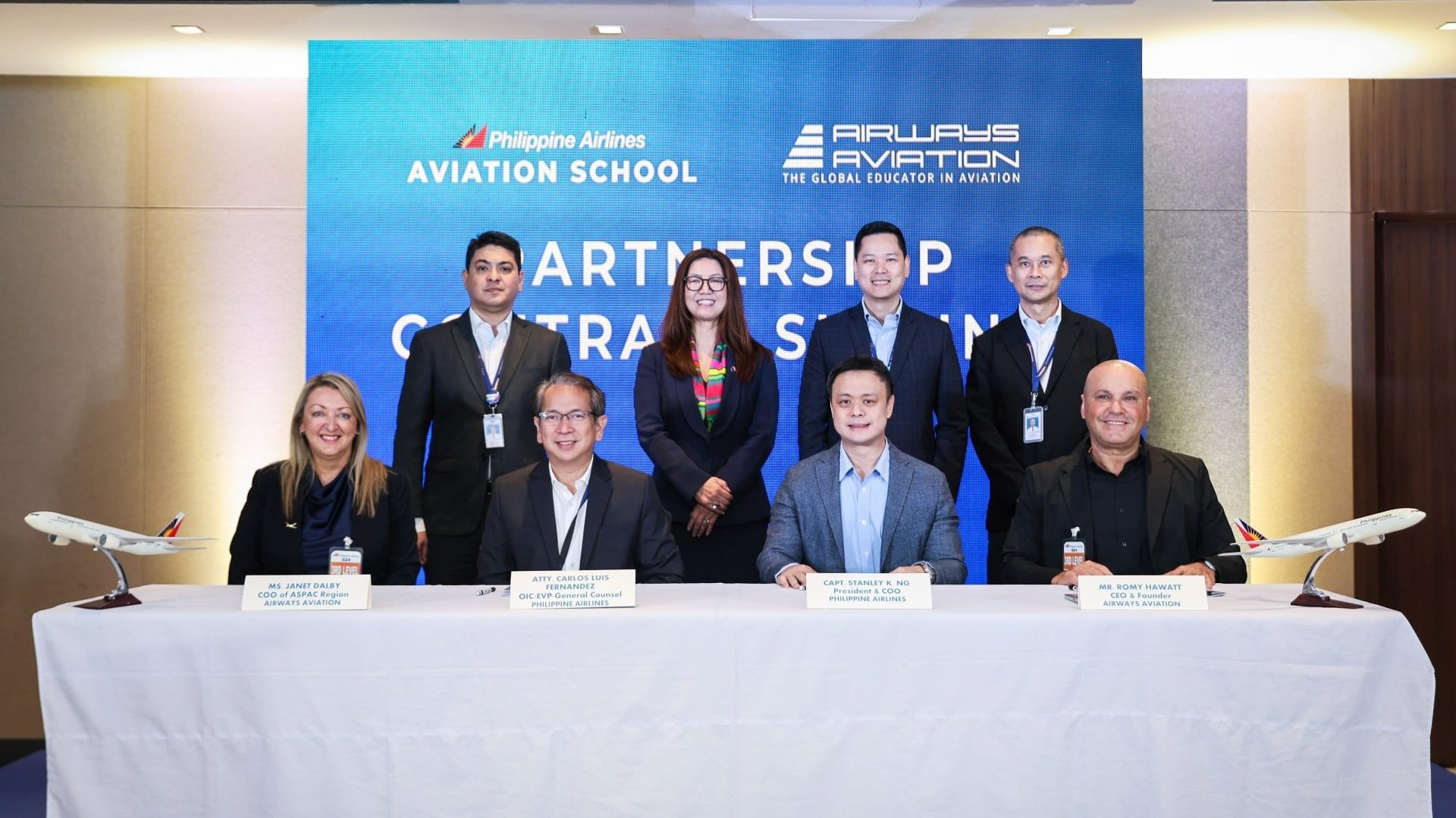
MANILA, Philippines – Philippine Airlines (PAL) is bringing back its aviation school under a strategic partnership with global flight training leader Airways Aviation, signaling a renewed push for pilot training rooted in international standards and future-ready skills.
Announced on Friday, April 11, the relaunch of the PAL Aviation School is part of the flag carrier’s long-term commitment to safety, excellence, and workforce development. The school will serve as a premier training ground for aspiring pilots, combining local foundation training with advanced instruction at Airways Aviation’s academy in Australia.
Airways Aviation was chosen after a rigorous evaluation process, with PAL citing the group’s strong track record in safety and competency-based training.
“Airways Aviation met our stringent requirements and demonstrated their robust emphasis on safety culture and competency-based training methodologies,” said PAL President and COO Capt. Stanley K. Ng. “We value in-house training to shape globally minded pilots equipped with exceptional skills.”
For PAL OIC Executive Vice President and General Counsel Atty. Carlos Luis Fernandez, the school’s revival is also about building a sustainable future for aviation.
“This collaboration with Airways Aviation draws from a shared commitment to excellence. Our revitalized Aviation School will develop outstanding, globally minded professionals ready to take on the challenges of the future,” Fernandez said.
The partnership also reinforces growing education and training ties between the Philippines and Australia, positioning both nations as key players in global aviation workforce development.
Airways Aviation Founder and Chairman Romy Hawatt called the partnership a “strategic alliance built on trust, ambition, and a shared commitment to excellence and sustainability.”
The first batch of cadets will undergo initial training and assessments in the Philippines before heading to Australia for in-depth theory and flight instruction. PAL says the goal is a “globally connected training experience” powered by top-tier tech, expert faculty, and real-world practice.
“This is more than a training programme,” said Hawatt. “We’re investing in the next generation of pilots—homegrown, world-class, and ready for takeoff.”




